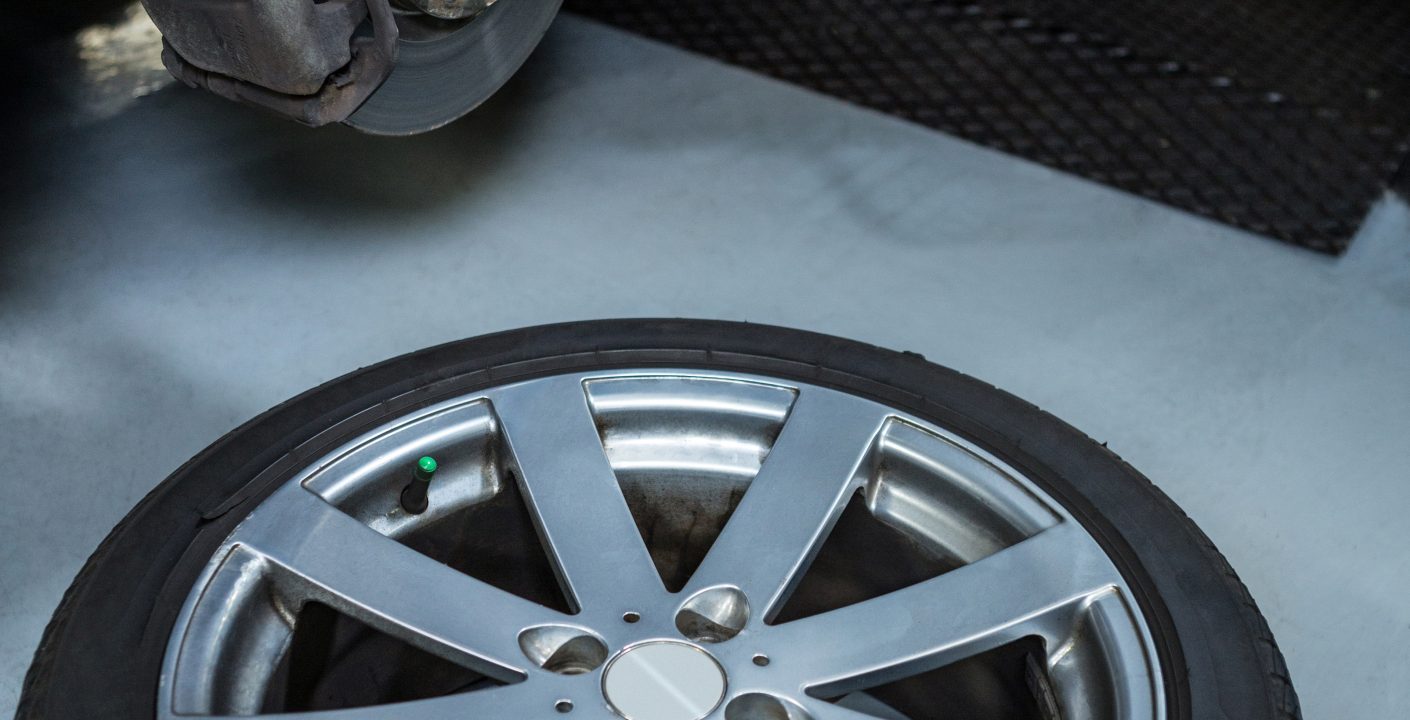Tire rotation involves changing the position of each tire on your vehicle to ensure even tread wear. Typically, tires wear differently depending on their position in the car. Front tires often wear out faster due to the engine’s weight and the steering demands. It’s generally recommended to rotate your tires every 5,000 to 8,000 miles. By rotating your tires, you balance the wear, leading to a smoother ride and better handling.
Why Rotate Your Tires?
- Extended Tire Life: Regular rotation helps all tires wear evenly, extending their lifespan.
- Improved Performance: Evenly worn tires offer better traction and handling.
- Enhanced Safety: Reduced risk of blowouts and better overall vehicle stability.
- Cost Savings: Longer-lasting tires mean less frequent replacements, saving you money in the long run.
Tools You’ll Need
- Jack and Jack Stands: Ensure they are rated for your vehicle’s weight.
- Lug Wrench: For loosening and tightening lug nuts.
- Torque Wrench: To ensure lug nuts are tightened to the correct specifications.
- Wheel Chocks: To prevent your car from rolling while you work.
- Gloves: For safety and to keep your hands clean.
- Owner’s Manual: For specific tire rotation patterns and torque specifications.
Tire Rotation Patterns
The appropriate rotation pattern depends on whether your tires are directional (designed to rotate in one direction) or non-directional, and if your vehicle is front-wheel drive, rear-wheel drive, or all-wheel drive.
-
Front-Wheel Drive (FWD):
-
-
- Move the front tires to the rear on the same side.
- Cross rear tires to the front (left rear to right front, right rear to left front).
-
-
Rear-Wheel Drive (RWD) and All-Wheel Drive (AWD):
-
-
- Move the rear tires to the front on the same side.
- Cross front tires to the rear (left front to right rear, right front to left rear).
-
-
Directional Tires:
-
- Simply swap front tires with rear tires on the same side.
Step-by-Step Tire Rotation
Preparation:
-
-
- Park your car on a flat, level surface.
- Engage the parking brake and place wheel chocks behind the rear wheels.
- Loosen the lug nuts on all four wheels (don’t remove them yet).
-
Lifting the Vehicle:
-
-
- Use the jack to lift one corner of the car and place a jack stand underneath. Repeat for all corners until the car is securely supported on jack stands.
-
Remove the Tires:
-
-
- Completely remove the lug nuts and take off the tires.
-
Inspect the Tires:
- Check for uneven wear, nails, or other damage. Address any issues before rotating.
Rotate the Tires:
-
-
- Follow the appropriate rotation pattern for your vehicle.
- Place the tires in their new positions and hand-tighten the lug nuts.
-
Lower the Vehicle:
-
-
- Carefully lower the car back to the ground using the jack.
-
Tighten the Lug Nuts:
-
- Use the torque wrench to tighten the lug nuts to the manufacturer’s specifications (found in your owner’s manual). Tighten in a star pattern to ensure even pressure.
After rotating your tires, take your car for a short drive to ensure everything feels right. Listen for any unusual noises and check that the car handles properly. After the drive, recheck the lug nuts to ensure they’re still tight. Rotating your tires is a relatively simple DIY task that can have significant benefits for your vehicle. By following this guide, you can ensure even tire wear, improve your car’s performance, and extend the life of your tires. Regular maintenance like tire rotation is a key part of responsible vehicle ownership, keeping you safe on the road and saving you money in the long run.



